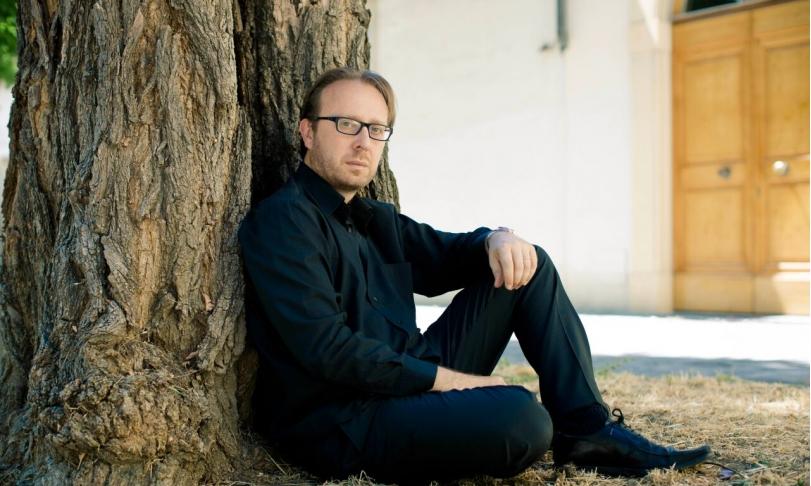
In a ten-year project, pianist Robert Prosseda recorded all of Mendelssohn's piano works for Decca and successfully presented them in concerts around the world during this period. Thus, the Italian pianist is regarded as an outspoken Mendelssohn specialist of our time, which can now be comprehended on the new download with the Mendelssohn piano works with orchestral accompaniment via this high-resolution digital medium.
Roberto Prosseda refrains from the swiftly performed first movement of the first piano concerto the sewing-machine-like quality, which enjoys gaining the upper hand in the competition. Crucial, however, is that he succeeds in bringing to light the deeply romantic approach of the concerto, which he fulminantly succeeds through emphatic, detailed design of the dynamics, through chiseling out the melody lines, lovingly designing of details and tastefully using Rubati. One of the decisive factors for the extraordinary interpretation of the pianist is the congenial participation of the conductor and orchestra. Here we have an equal playing of music of a piece, which one finds only rarely in the interpretation of the Mendelssohn piano concertos. Yes, one may rightly say that this is due to the fact that pianist, conductor and orchestra take this young Mendelssohn seriously and do not serve as a driving force for the pianist's virtuosity with obligatory orchestra. In the following slow movement, which follows the first movement similar to the Mendelssohn Violin Concerto without a break over a fading trumpet call in a very quiet time in the mood of a love song that may reflect the love romance, the 22-year-old Mendelssohn had with the pianist Delphine von Schauroth at the time of the creation of this concert. Roberto Prosseda manages the feat of not drowning this deeply romantic piano singing in the sugar syrup: With all melancholy melodiousness, there is no undue "Ah, linger on, thou art so fair!" throughout the very short slow movement. The fast-paced, yet meticulously designed, sunny third movement quickly erodes the previous love romance and almost casually demonstrates the high virtuosity of the Italian pianist.
The second piano concerto, also in a minor key, was completed by Mendelssohn six years after the first concert immediately after his honeymoon, and it shares with the first the extremely fast piano runs in the outer movements. Otherwise, it dives more into the melancholy minor mood as the first concert created and gives the orchestra a stronger weight, which again and again specifies the theme for the piano. On the other hand, the piano shapes the concert in the first movement over longer passages in a purely soloistic manner. Also, in the second movement, the orchestra pre-defines the melody for the piano over a longer passage. If the slow movement of the first piano concerto reflects a romance, it mirrors in the second concert the apparently more intimate love relationship of the newly wedded. Once again, Roberto Prosseda shapes the delicate moments of this movement beyond any sentimentality. The Presto movement of this concert, too, passes as if it were a glimpse between reality and dream and, in this gait, reminds one of the juvenile composer's "Midsummer Night's Dream". Instead of the overture from this stroke of genius of the sixteen-year-old, the concert overture "The Hebrides" rounds off this excursion into Mendelssohn's world of sound after another brief effort by the pianist in the orchestra-accompanied, overjoyed "Rondo Brillant".
This download makes a big appetite for the complete recording of Mendelssohn's piano works by Roberto Prosseda. Last but not least, the Residentie Orkest Den Haag and the conductor Jan Willem De Vriend of the Hague have to be wreathed a consecration of honor for their congenial commitment to Mendelssohn's piano works with orchestral accompaniment.
Roberto Prosseda, piano
Residentie Orkest Den Haag
Jan Willem de Vriend, conductor








